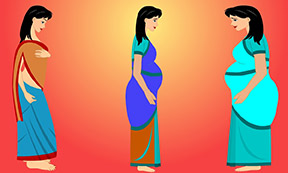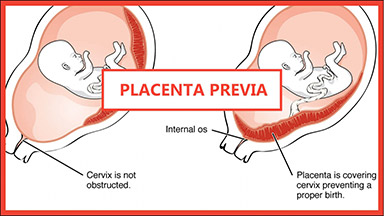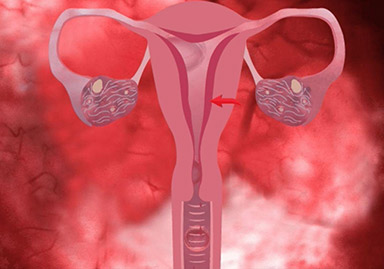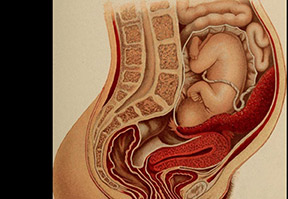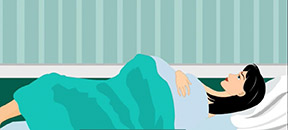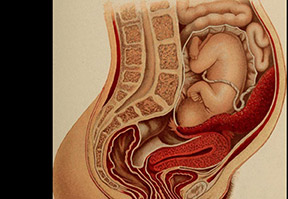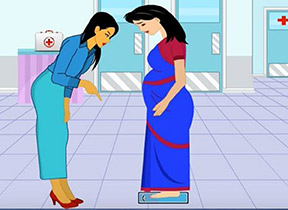Displaying items by tag: placenta
Placenta Previa
Chitra was in the 4th month of her pregnancy. Everything seemed to be going normal with her pregnancy until now. Today morning she noticed bright red bleeding. She was panicking. She called her mom and her husband and took an appointment with her doctor. She rushed to her Doctor the first thing. Her doctor was also a little concerned.
Placenta Previa
Placenta Previa means placenta first. In this condition placenta implants in the lower part of the uterus, close to or even covering the uterine opening called the internal os and leads to some bleeding usually after 20 weeks of gestation. Normally, the placenta is implanted in the upper uterus.
Post partum bleeding
Maternity sanitary pads are extra long and can withstand the heavy bleeding after delivery. Whether you have had a normal delivery or a C-section, the first few days after delivery expect to have a fair amount of bleeding. You may need to change pads every 2 to 3 hours. This bleeding after the birth of the baby is called Lochia. Bleeding occurs from the point in the uterus where the placenta was attached. The placenta comes out of the uterus at the third stage of delivery.
पूर्वकाल नाल (Anterior Placenta) क्या है?
कई गर्भवती महिलाएं मुझे नाल के बारे में प्रश्न पूछती हैं और कभी-कभी नाल के विभिन्न स्थानों के बारे में पूछती हैं। नाल गर्भावस्था के माध्यम से बच्चे को पोषण करती है और आमतौर पर गर्भाशय के पीछे जोड़ती है I लेकिन कभी-कभी नाल कहीं भी गर्भाशय में पक्षों, ऊपर, नीचे की तरह संलग्न हो सकती है। जब इसे नीचे से जुड़ा होता है तो इसे प्लेसेन्टा प्रिविआ (Placenta Previa) के रूप में जाना जाता है और सामने से जुड़ा होने पर उसे पूर्वकाल नाल कहा जाता है। प्लेसेंटा की स्थिति आमतौर पर एक अल्ट्रासाउंड के दौरान निदान की जाती है।
Postpartum Hemorrhage
While some bleeding is expected after delivery, heavy bleeding or hemorrhage i.e loss of more than 500 to 1000 ml of blood within the first 24 hours after delivery is defined as post part hemorrhage. Because of the loss of so much blood, the women may have signs of low blood volume, including palpitations, breathlessness. In extreme conditions, the women may go in to shock,
What is anterior placenta?
Many pregnant women ask me questions about placenta and sometimes about various positions of a placenta. The placenta nourishes the baby through pregnancy and typically attaches to the uterus in the back i.e posterior of the uterus. But sometimes the placenta can get attached anywhere else in the uterus like the sides, top, bottom. When it is attached at the bottom
Hypothyroidism during pregnancy
Routine antenatal care is very important to reduce maternal and fetal complications. Hypothyroidism can adversely affect the health of the baby and the mother if not identified and treated before and during pregnancy. It is very important that a woman is screened for thyroid deficiencies ideally while she is planning to get pregnant. The baby is completely dependent on the maternal thyroid hormones especially during the first three months of pregnancy. So this may put an additional strain on the mother and could lead to further deficiency if not identified and corrected promptly.

